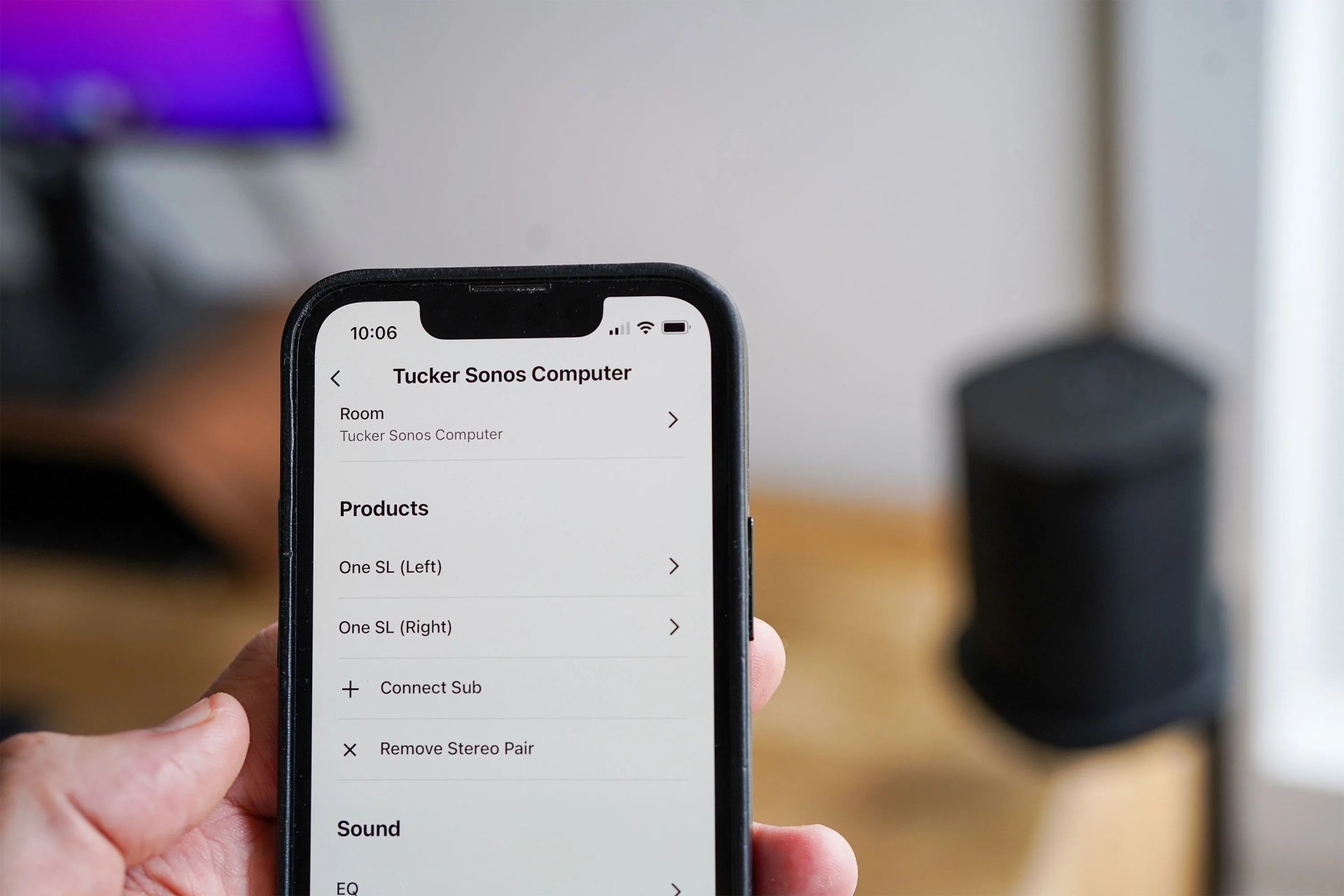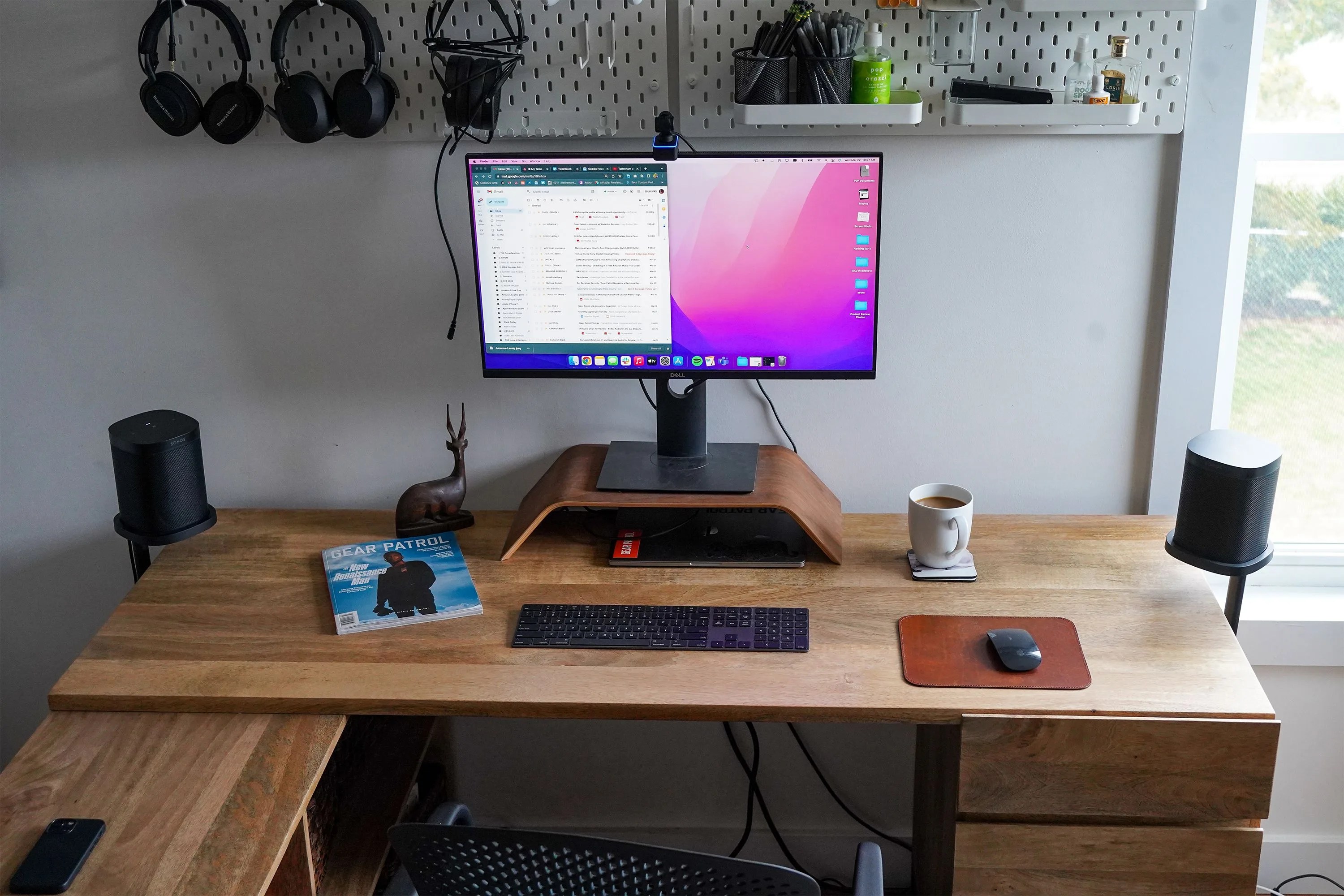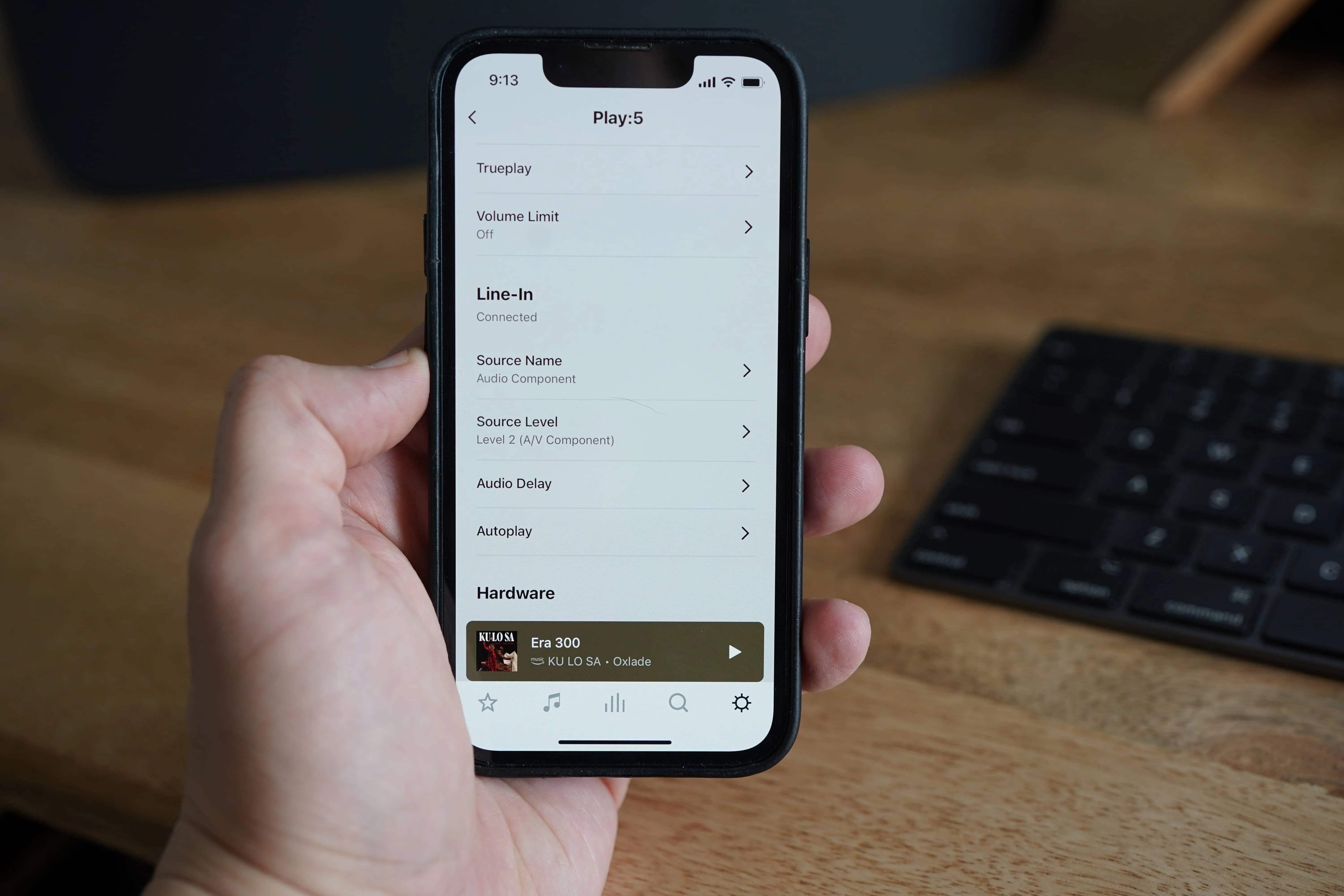Sonos doesn’t make computer speakers. And despite how closely some of its speakers look the part (specifically the Play:1, One, One SL and new Era 100), that’s not how they were intended to be used. That said, if you’re dead set on using Sonos speakers as your computer’s default speakers, it is possible — and it’s especially easy if you have a Mac.
It wasn’t always very easy to turn your Sonos speakers into your Mac speakers, but that changed in 2021 when Apple rolled out its Big Sur 11.3 macOS update. This release allows you to better use any speaker that supports AirPlay 2 as your Mac’s default speakers. It’s not a perfect solution — and we’ll get into that shortly — but it’s easier and better than it was in past years.
In short: The process of using one or two Sonos speakers (the latter for a stereo pair) as your Mac’s default speakers is very similar to how you would use one or two HomePods as your Mac’s default speakers. You need to stereo pair the two speakers — must be the same model of speaker, so two Ones or two Play:1s — within the Sonos app, and then you can stream audio to them from your Mac via AirPlay.
 Sonos
SonosSonos One
Specs
| Drivers | One mid-woofer, one tweeter |
| Amplification | Two Class-D digital amplifiers |
| Connectivity | Wi-Fi, Ethernet |
-
$219.00 (20% off)
 Sonos
SonosSonos One SL
Specs
| Drivers | One mid-woofer, one tweeter |
| Amplification | Two Class-D digital amplifiers |
| Connectivity | Wi-Fi, AirPlay 2, Ethernet |
-
$199 (20% off)
 Sonos
SonosSonos Era 100
Specs
| Drivers | Two angled tweeters, one midwoofer |
| Amplification | Three Class-D digital amplifiers |
| Connectivity | Wi-Fi, Ethernet, Bluetooth, line-in (USB-C) |
















